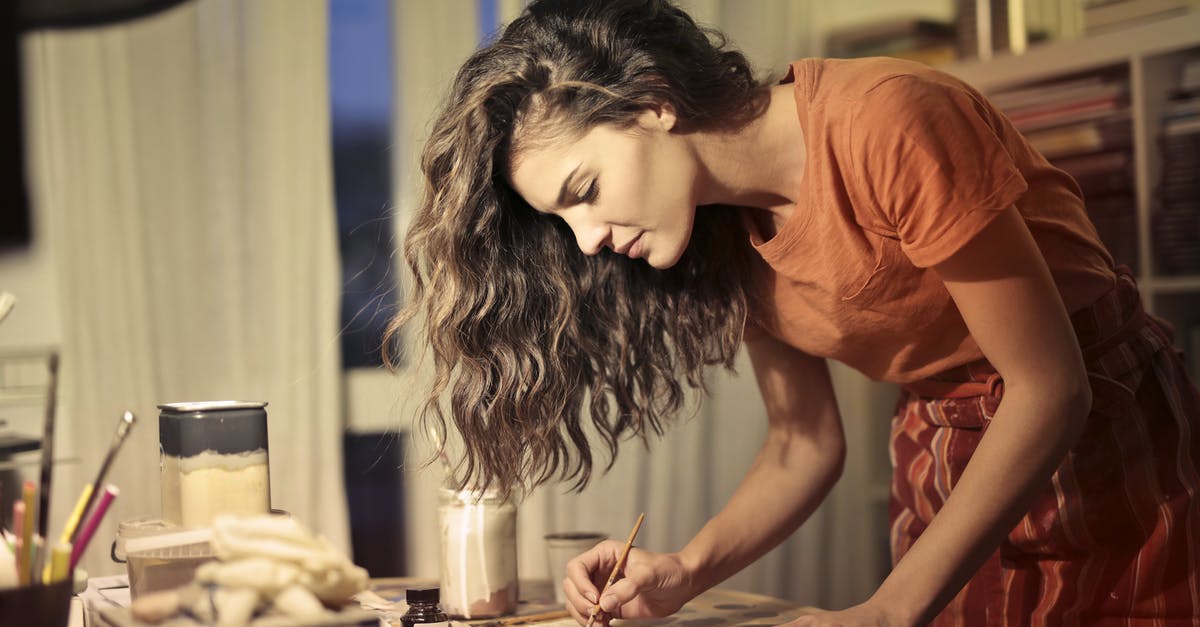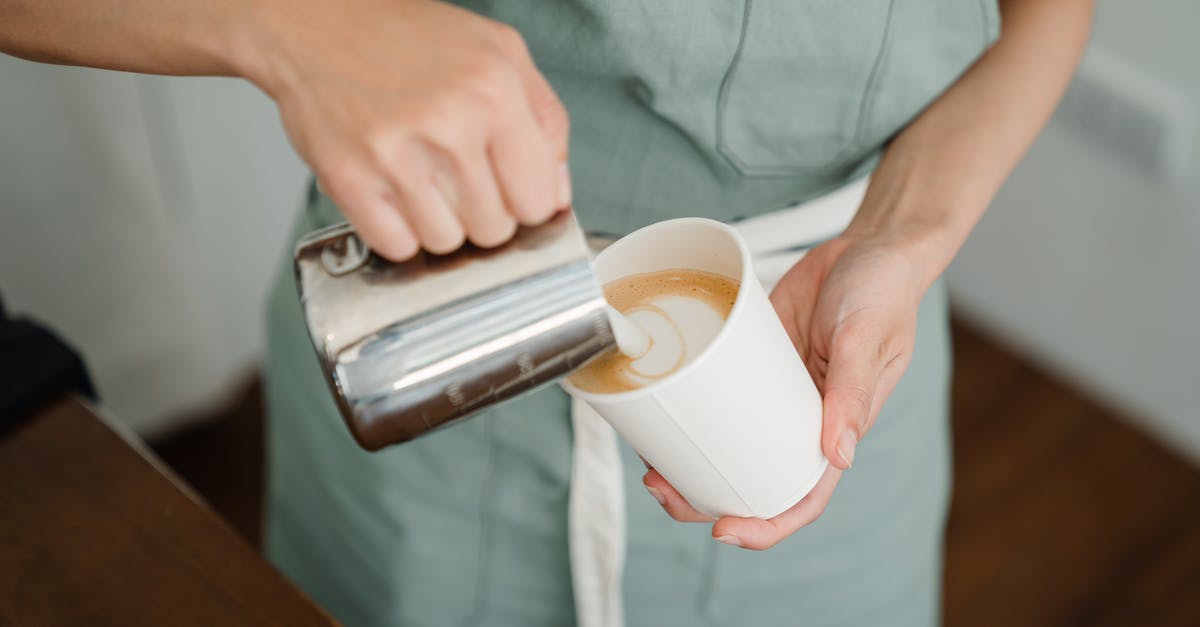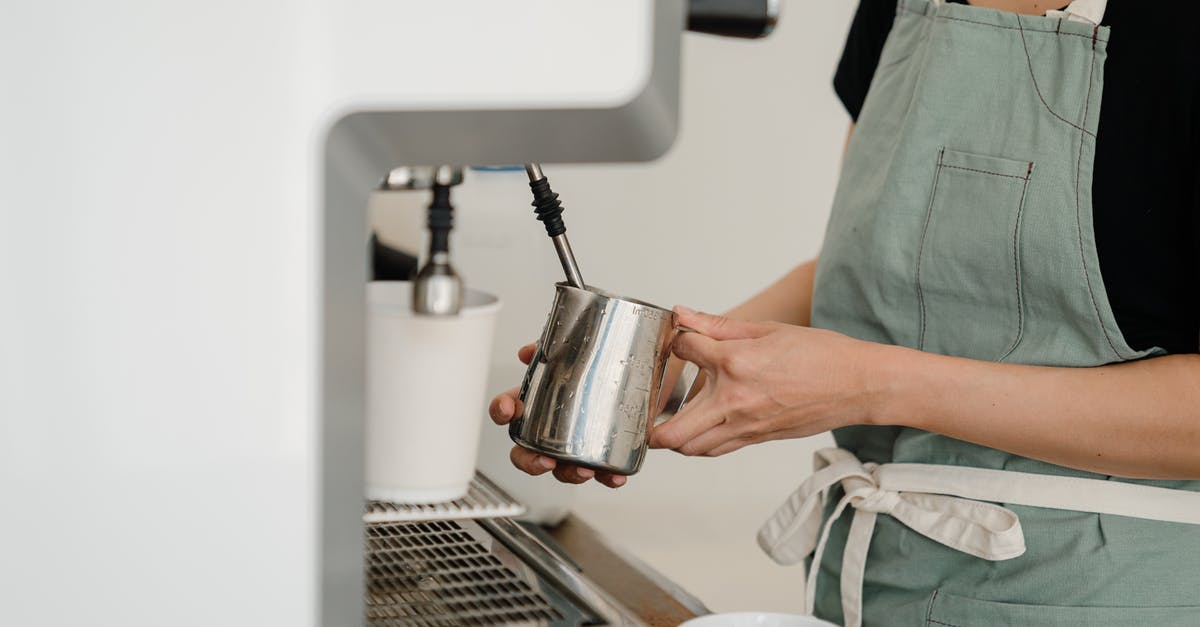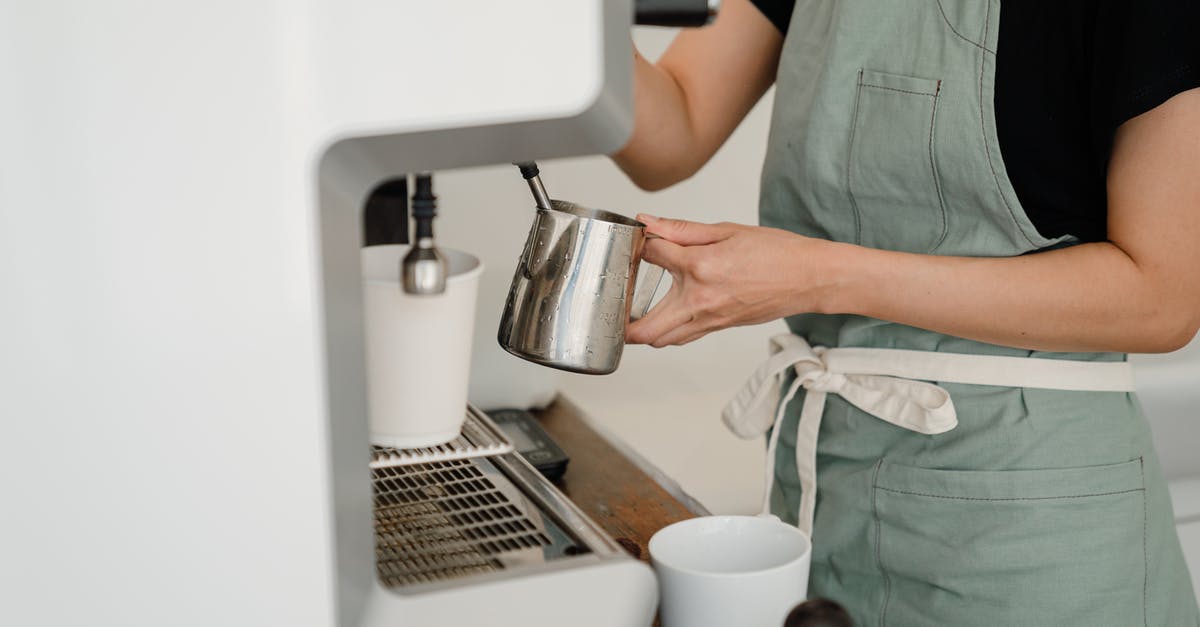Can you make coffee by boiling it?

Google results have confused me so much. I learned to make a Nescafe Classic coffee a year ago.
All I would do is: Add some coffee and sugar in a mug/cup, add a few drops of water or milk and start shaking it with spoon. A few minutes later it changes it's color and becomes a paste. It releases the flavors. Now you can add hot water or milk according to your taste. Most YouTube videos also show similar results and believe in this theory. That's it.
Now Google results like this really confuse sometimes. Kindly don't write your answer based on just this link. If you search "should you boil coffee" you'll see tons of articles or answers that nowhere tells a method like shaking and making a paste before adding the milk or water to get the flavor. They will support your Google search and say like:
- Boil water and then add coffee in it
- Add coffee in water and boil it
- Heat water and add coffee in it
And so on.
Why is it like this? If flavor can be accieved by the method I described above, why people use boil mothod?
Best Answer
Coffee hates boiling water - or more specifically, water boiling at 100°C - it scalds it & kills the taste.
but read on...
There are basically two kinds of instant coffee, spray dried & freeze dried.
Both start by making up 'real' coffee.
Spray drying is achieved by then super-heating the mixture & spraying it out into an evaporator. The powder falls to the bottom where it is collected [Whether they leave it as powder or clump it is either a design choice or a method limitation, I've never found out which].
Freeze drying is achieved by reducing the atmospheric pressure then spraying in a similar way. This means they can work at much lower temperatures, as water boils at a lower temperature the lower the pressure.
The second method is more expensive than the first. It preserves the flavours a lot better, so tends to be reserved for blends & beans that were higher quality to start with. Pure arabicas will almost always be freeze dried.
So, your Nescafe is made by the first method - spray drying - & therefore has already been ruined/scalded by the process. This is one reason [amongst many] that spray dried coffees taste nothing at all like actual fresh coffee.
Pouring boiling water on this can now have no further effect. "It's already dead, Jim."
Pouring boiling water on freeze dried, however, will spoil it. Freeze dried has so far avoided the scalding.
You can test this by making 3 very simple black coffees.
One teaspoon of freeze dried coffee granules in each cup. To one, add half a cup of cold water, to the second add just half an inch. The third, leave with just granules. Pour absolutely boiling water [the second the kettle clicks off] onto all three to make a full cup. Stir, leave 1 minute & examine all 3. The first will be quite cloudy & mid-dark brown. the second will 'look like coffee'. The third will be almost black & very clear.
Taste them all. They will taste in order from, 'a bit grainy', just right, 'ooh, spoiled'.
You can try this test with spray dried, but the results are not as distinct.
Pictures about "Can you make coffee by boiling it?"



Brew your coffee with boiling water - coffee brewing temperatures explained.
More answers regarding can you make coffee by boiling it?
Answer 2
I'm not totally sure the answer to your question, but you should look into Turkish style coffee. The style is based on grinding the beans super fine and then boiling it with water. This is a decent primer. https://foolproofliving.com/how-to-make-turkish-coffee/
Specifically pay attention to the foam that forms after boiling. I think that's what you are looking for.
Sources: Stack Exchange - This article follows the attribution requirements of Stack Exchange and is licensed under CC BY-SA 3.0.
Images: Andrea Piacquadio, Ketut Subiyanto, Ketut Subiyanto, Ketut Subiyanto
